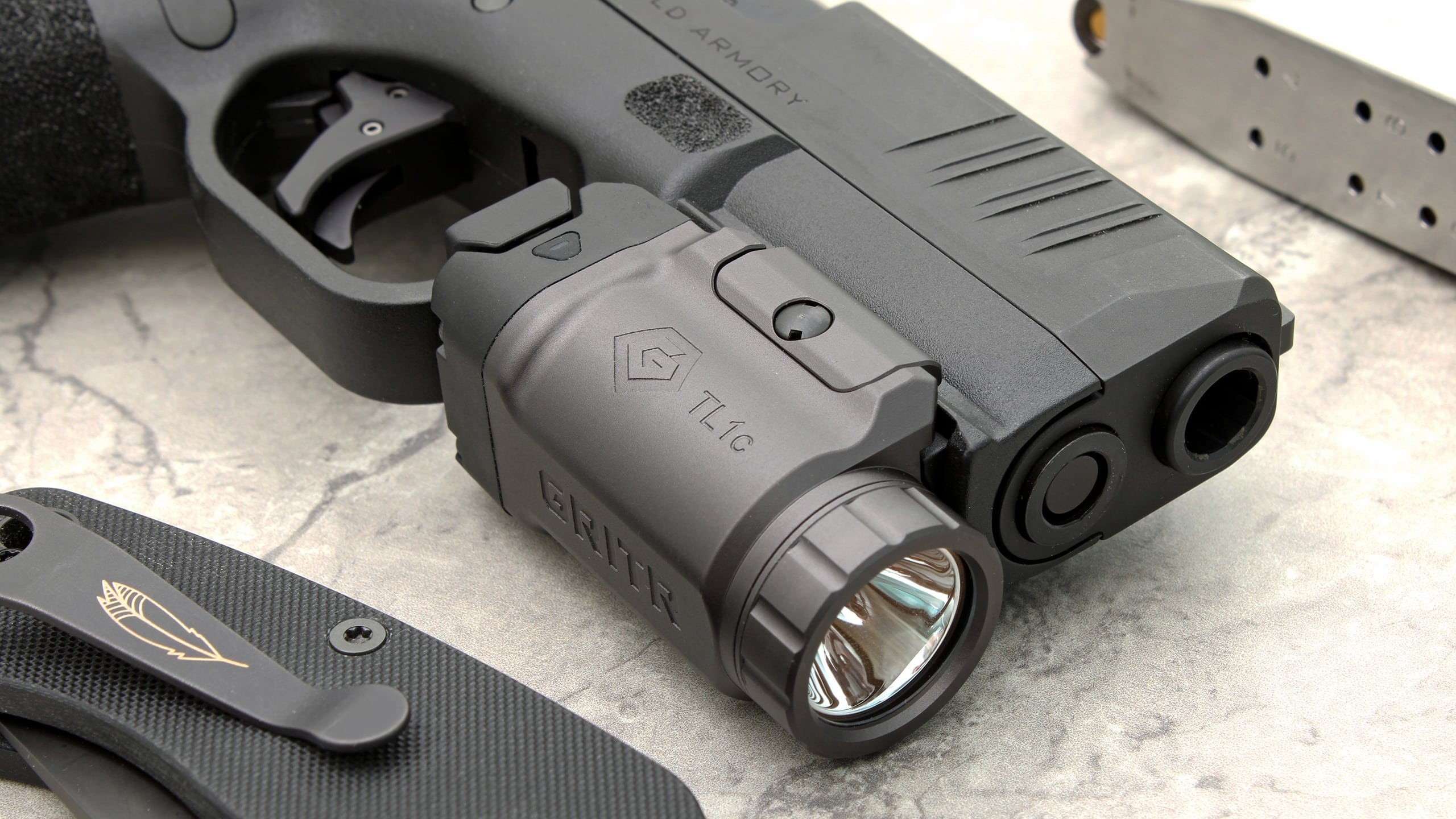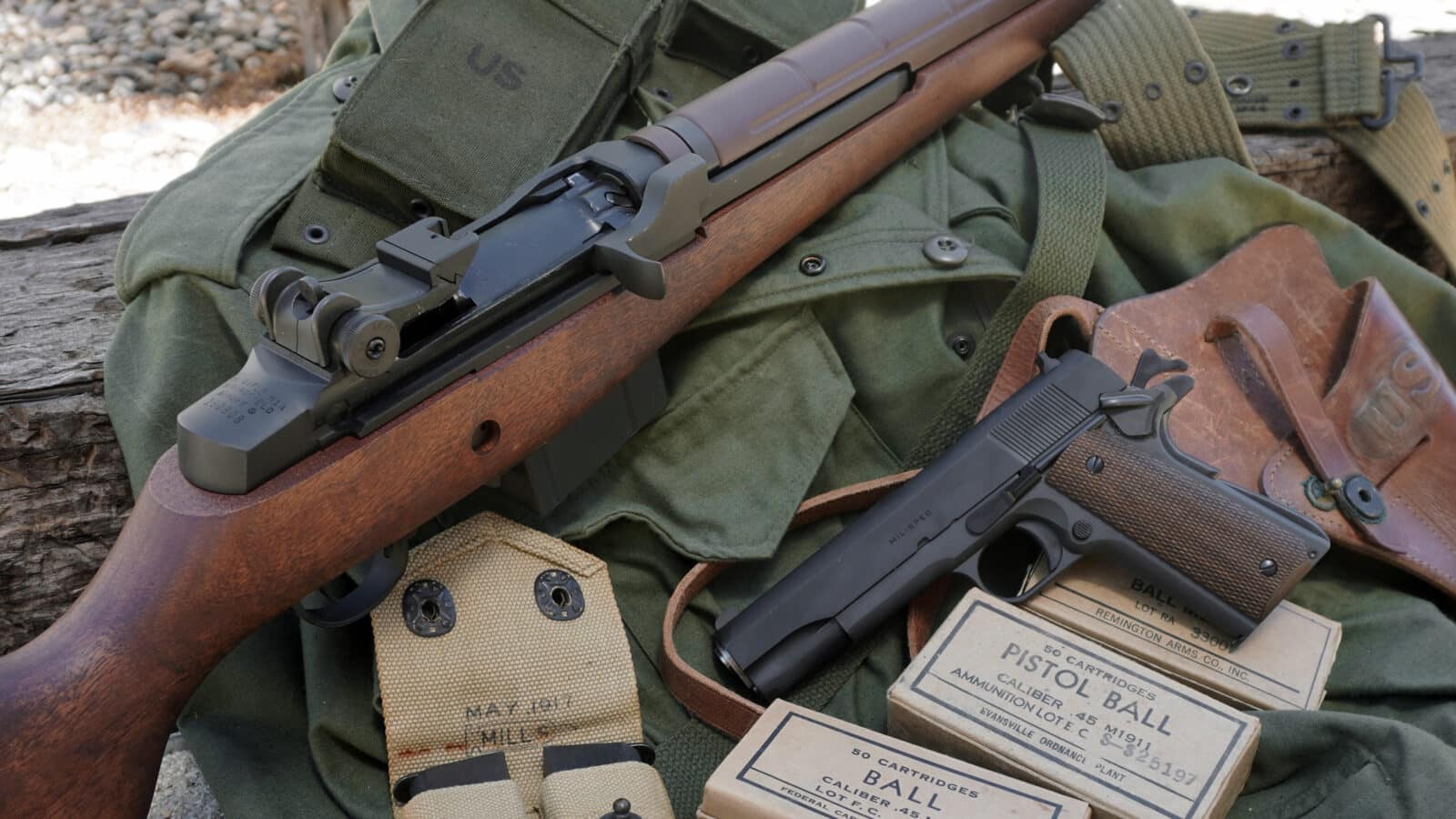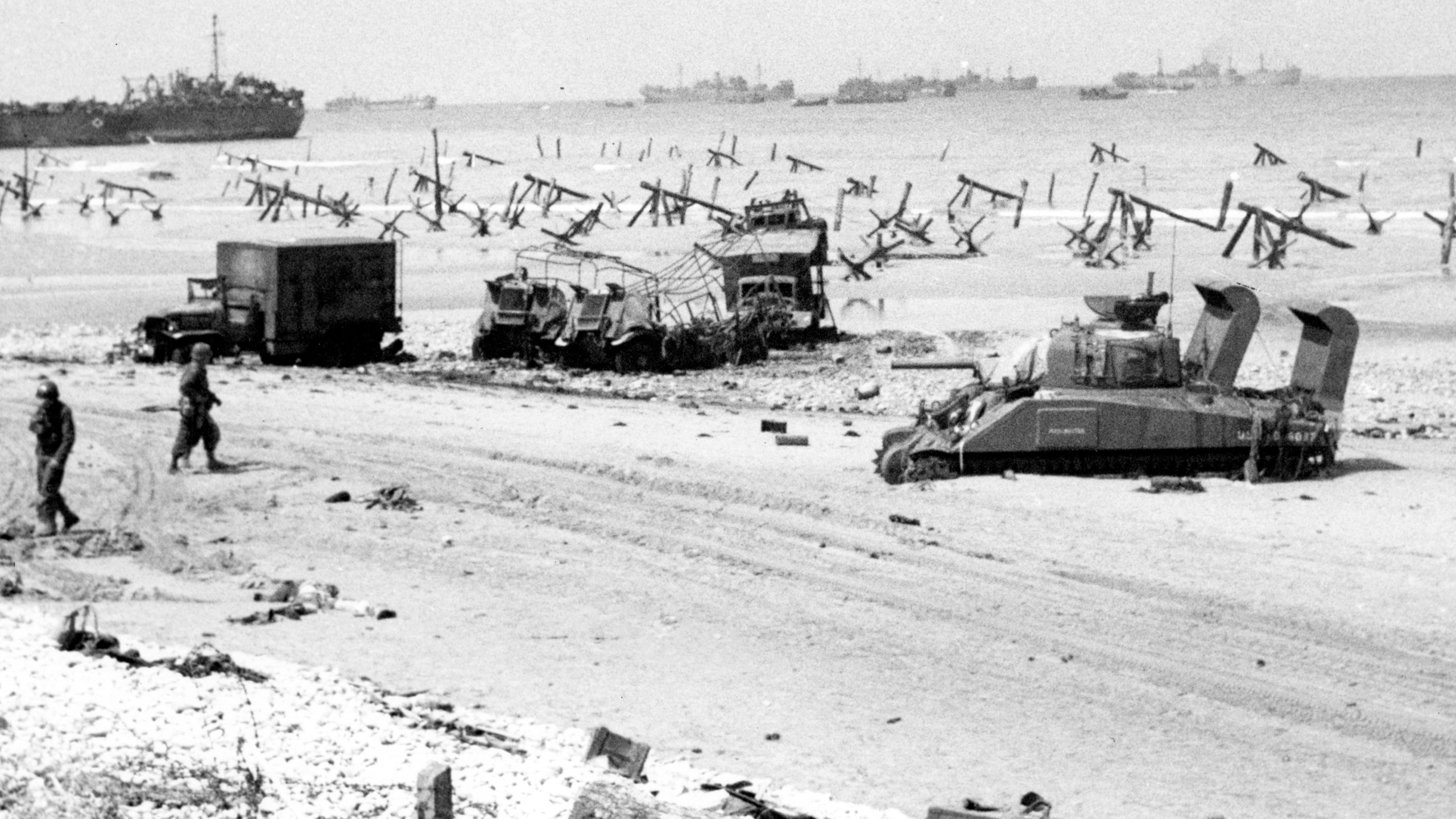TOBYHANNA, Pa. — Tobyhanna Army Depot is playing a pivotal role in the Department of Defense’s quest for battlefield superiority.
The organization successfully completed its first delivery of first-person view small uncrewed aircraft systems, commonly referred to as sUAS, on Aug. 28, marking a significant milestone in advancing its mission to enhance readiness for America’s warfighters.
The Army and DOD’s transformation initiatives seek to facilitate a leaner and more agile Army through development of modernized UAS/sUAS capabilities, as highlighted in the memo titled “Unleashing U.S. Military Drone Dominance.” In it, U.S. Secretary of Defense Pete Hegseth described drones as “the biggest battlefield innovation in a generation.”
Led by the Army Materiel Command, this collaborative effort leverages the unique capabilities of multiple Army organizations, including the U.S. Army Tank-Automotive & Armaments Command. Rock Island Arsenal’s Joint Manufacturing and Technology Center provides 3D-printed airframes, while Tobyhanna Army Depot provides essential logistics and electronics expertise to complete the integration of sUAS systems.

Those leading the initiative describe it as a thrilling and transformative period for Team Tobyhanna.
“We are excited to seize the opportunity to integrate and ship cutting-edge drones to units across the United States. This effort stands to transform the landscape and future of the organic industrial base, positioning Tobyhanna at the forefront of innovation and readiness for our nation’s defense,” said Steven Wiltz, a logistics management specialist supporting the emerging mission.
Depot Commander Col. Benjamin L. Kilgore agreed, noting the importance of the accomplishment.
“This new mission is an opportunity for Tobyhanna Army Depot to support the Army’s readiness needs of today, evolve our capabilities, and align with the future of the force,” he said.
Tobyhanna has a robust history of support for DOD UAS systems. The organization has supported the MQ-9 Reaper since the 2010s through public-private partnerships with L3 Harris and General Atomics. The experience gained supporting those workloads have created a strong foundation for this new effort, according to sUAS Project Manager Christopher Volch.
“TYAD’s longstanding support for UAS has underscored our critical role in modern warfare. From TYAD’s sustainment efforts for the United States Air Force’s MQ-9 Reaper, the depot has learned just how essential and in demand these systems are to the battlefield. The same holds true for sUAS, as seen in the Russia-Ukraine conflict, these systems are the eyes and ears at the tactical edge. That’s why TYAD has committed substantial resources to the sUAS project, with progress reflected in both its defined objectives and completed milestones,” said Volch.

Kilgore emphasized that the initial delivery is just the first step in Tobyhanna’s sUAS journey.
“In the coming years, we will establish a robust capability to produce sUAS motors and circuit card assemblies to support emerging warfighter needs for the multi-domain battlefield.”
Tobyhanna Army Depot is designated as the Center of Industrial and Technical Excellence for Command, Control, Communications, Computers, Intelligence, Surveillance and Reconnaissance, electronics, avionics and missile guidance and control. TYAD provides cradle-to-grave lifecycle support through depot-level repair, systems integration, software and cyber engineering, and field support. A key enabler of operational readiness for Joint and Allied Forces globally, TYAD leverages new and emerging technologies to further expand the Department of Defense’s organic capabilities for microelectronics, secure communications infrastructure, unmanned aerial systems, Joint All-Domain Command and Control, Integrated Air and Missile Defense (IAMD), and the Army’s Next Generation Combat Systems. TYAD’s ability to rapidly surge production, deploy field support teams, and scale for contingency or theater-level operations makes it a vital contributor to strategic readiness and operational reach.
By Danielle E. Weinschenk, Public Affairs Officer, with additional reporting by Nicolo Manzo.
Both comments and pings are currently closed.
Read the full article here








Leave a Reply